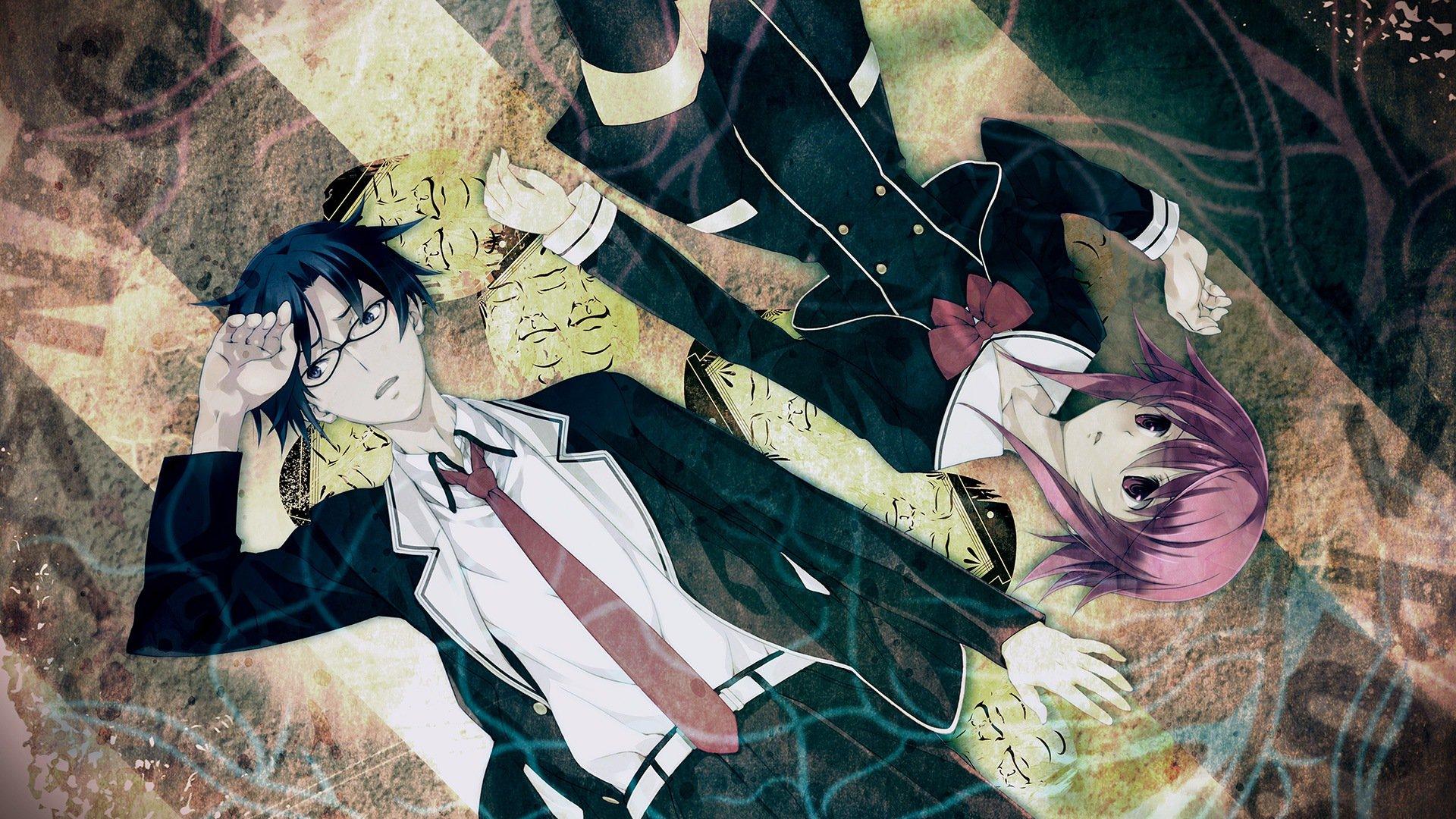Technical Aspects and Presentation: Chaos Child Ps Vita Review

Chaos;Child on the PS Vita delivers a compelling visual novel experience, but its technical execution presents a mixed bag. While the limitations of the handheld hardware are evident, the developers successfully leverage the system’s capabilities to create an engaging atmosphere, albeit with some compromises. The game’s strengths and weaknesses are intricately tied to the platform’s capabilities and the choices made in optimizing the visual and auditory elements for the PS Vita’s specific hardware.
The game’s visual presentation skillfully balances detail and performance. Character sprites are well-defined and expressive, conveying a wide range of emotions with subtle animations and nuanced facial expressions. Backgrounds, while not overly detailed, possess a distinct style that complements the narrative’s unsettling tone. The user interface is clean and intuitive, ensuring smooth navigation through the branching narrative.
Visual Presentation
The visuals, while not reaching the graphical fidelity of later releases on more powerful platforms, effectively utilize the PS Vita’s screen resolution to present a crisp and clear image. The character portraits are detailed enough to convey emotion effectively, and the background art, though not photorealistic, maintains a consistent stylistic coherence that enhances the overall atmosphere. The art style itself leans towards a slightly stylized realism, creating a balance between gritty detail and a more approachable aesthetic, appropriate for the game’s themes. This approach prevents the visuals from feeling dated, despite the hardware limitations.
Sound Design and Music
The sound design and music in Chaos;Child are crucial components of its immersive atmosphere. The soundtrack perfectly captures the game’s blend of suspense, mystery, and psychological horror. Sound effects are used sparingly but effectively to punctuate key moments and heighten tension. The voice acting, while primarily in Japanese (with the PS Vita version mirroring this), is well-performed and adds significant emotional depth to the characters and their interactions. The use of ambient sounds, such as the subtle hum of the city or the creak of a door, adds layers of realism and subtly enhances the feeling of unease that permeates the narrative. The music dynamically adapts to the mood of each scene, shifting from melancholic melodies to unsettling soundscapes to perfectly match the emotional weight of the unfolding events.
Technical Performance
The PS Vita version of Chaos;Child generally runs smoothly, with minimal frame rate drops. While there might be occasional minor slowdowns during particularly intense visual sequences, these are infrequent and do not significantly detract from the overall experience. Loading times are relatively short, ensuring a fluid transition between scenes and minimizing disruption to the narrative flow. This is a testament to the optimization efforts, given the relatively limited processing power of the PS Vita compared to more modern consoles or PCs. The game’s performance is a testament to the developers’ ability to effectively optimize the title for the handheld’s hardware constraints.
Comparison to Other Versions
While there is no direct comparison to be made in terms of vastly different graphics (as the other versions are largely consistent with the art style), the PS Vita version lacks some of the extra content or features that might be present in PC or console releases. This difference is primarily due to the hardware limitations of the PS Vita. The core narrative and gameplay experience remain intact, however. The PS Vita version represents a focused and streamlined experience, prioritizing core gameplay over added content that might have been difficult to implement on the less powerful hardware. It’s a focused and efficient port that successfully adapts the game’s core experience to the Vita.
Visual Quality Re-evaluation, Chaos child ps vita review
The graphics are not merely “decent” for a PS Vita game; they are surprisingly sharp and effective, displaying a sophisticated art style that enhances the narrative’s unsettling atmosphere. The character portraits are remarkably expressive, and the backgrounds, though not photorealistic, possess a distinct style that complements the game’s overall tone. The visual presentation, therefore, serves the game exceptionally well, successfully conveying the intended atmosphere within the constraints of the hardware.
